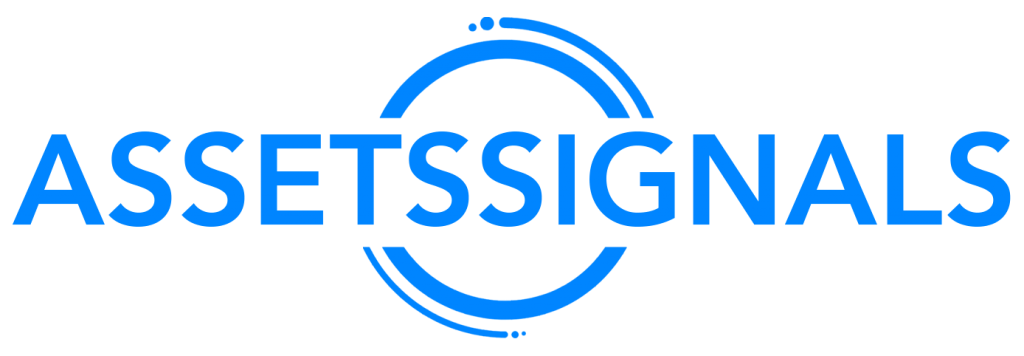The USD/CAD pair trades around 1.3543 on Friday, exhibiting slight losses after an earlier high of 1.3560. Investors are processing the latest Personal Consumption Expenditures (PCE) data while awaiting crucial employment figures that could sway the Federal Reserve’s (Fed) stance on potential interest rate cuts.
PCE Data: Inflation Remains Elevated
The Fed’s preferred inflation metric, the PCE Price Index, rose to 2.5% YoY in February, meeting expectations but higher than January’s 2.4%. Monthly growth came in at 0.3%, slightly under the forecast. Core PCE, excluding volatile food and energy prices, also aligned with estimates at 2.8% YoY and a 0.3% MoM increase. The upward revision to January’s core PCE data signals persistent inflationary pressure, which could prompt the Fed to keep interest rates higher for longer.
Incoming data, particularly labor market health, will continue to shape Fed policy. Strong job numbers could lead to both a delay in the anticipated June rate cuts and a reduction in the overall number of cuts projected for 2024. Currently, the consensus remains three rate cuts in 2024, beginning in June.
Technical Outlook: USD/CAD Consolidation
The daily chart for USD/CAD shows relative stability. The Relative Strength Index (RSI) remains primarily in positive territory, hinting at slight buying pressure. However, a new red bar on the Moving Average Convergence Divergence (MACD) histogram suggests some weakening in bullish momentum. Broadly, despite a neutral short-term outlook, the pair rests above the 20, 100, and 200-day Simple Moving Averages (SMAs), indicating a continued bullish trend. As long as buyers defend the challenged 20-day SMA near 1.3530, the bullish outlook remains intact.

